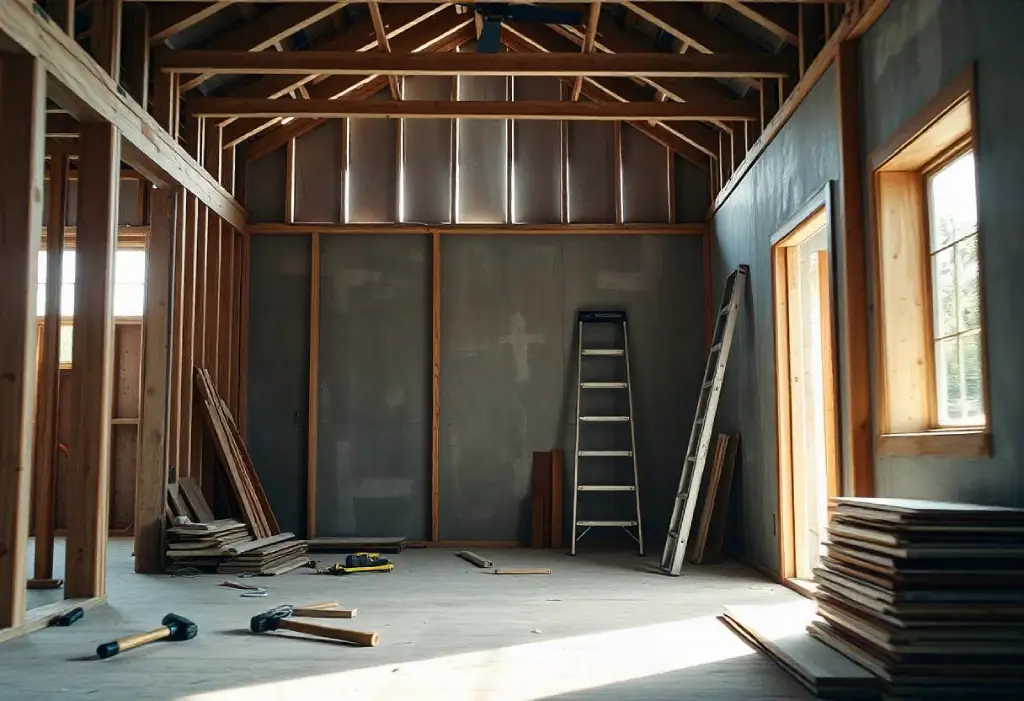Wood in Construction
The choice to use wood in a construction project depends on several factors that must be carefully evaluated. At RialtoSur, we believe it’s important to share some key aspects to consider when deciding if wood is the right choice.
Wood is a versatile and eco-friendly building material that offers multiple benefits compared to other materials:
- Sustainability: It is a renewable resource sourced from responsibly managed forests.
- Structural Strength: Although lightweight, wood is strong and durable, capable of supporting heavy loads.
- Thermal and Acoustic Insulation: Thanks to its natural properties, wood contributes to the comfort of spaces by insulating both heat and sound.
- Flexibility and Ease of Handling: It is easy to cut, shape, and assemble, making it ideal for creative architectural designs.
- Aesthetics: Wood adds a warm, natural touch, creating cozy and visually pleasing environments.
Despite its many advantages, wood also has some drawbacks that need to be considered:
- Maintenance: It requires regular care, such as protective treatments and painting, to prevent damage from the elements and prolong its lifespan.
- Cost: In some cases, wood can be more expensive than other materials, especially if it is of high quality.
- Structural Limitations: Compared to materials like steel or concrete, wood has certain restrictions in terms of strength and load capacity in some applications.
- Design Restrictions: Depending on the type and quality of the wood, there may be limitations in the shape and size of structures, which reduces design flexibility.
- Movement: Wood can expand or contract due to changes in humidity and temperature, affecting its shape and size.
The Movement of Wood
Wood is a hygroscopic material, meaning it can absorb and release moisture. This phenomenon causes it to expand when it absorbs moisture and contract when it loses moisture, which can lead to deformities like warping or cracking.
Although temperature does not directly affect wood expansion, changes in relative humidity do, and these changes can cause wooden elements such as doors to deform over time. To reduce these issues, it is important to maintain stable humidity levels in the environment and use appropriate finishes that minimize moisture absorption.
Wood is a highly sustainable material, making it a key option in construction in Spain. However, not all types of wood are equally suitable for all projects, as each type has its own characteristics and properties.
Alternatives to Natural Wood
There are several alternatives to natural wood, each with advantages in terms of durability, strength, and aesthetics:
- Plastic Wood: A composite material combining recycled plastic with wood fibers, resistant and low-maintenance.
- Engineered Wood: Materials like plywood and laminated veneer lumber offer greater stability and resistance to deformation.
- MDF: A composite material made from wood fibers and resin, widely used in construction and carpentry.
- WPC (Wood-Plastic Composite): Combines wood fibers and plastics to create a durable and versatile material.
- Kebony Wood: A sustainable and durable wood requiring little maintenance, treated with a technology that enhances its characteristics.
- Metals: Steel, aluminum, and iron are also durable and modern options in construction.
Before deciding to use wood, it is essential to consult with experts and evaluate the needs, preferences, and budget of each project. Every construction is unique, and what works for one may not be the best for another!
